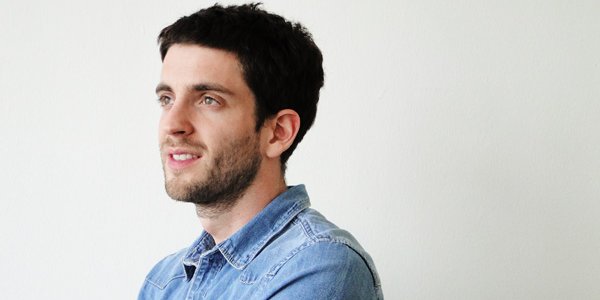Team profile: Sebastian Horn, Head of Business Development

Before joining Sourcefabric, Sebastian was head of community and a social media editor at Zeit Online, one of Germany's leading news websites. He developed strategies for open journalism and led the newsroom's efforts to engage users in the reporting process. In his new role as the Head of Business Development at Sourcefabric he takes his experience forward focussing on the bright future of open source technology in newsrooms the world over. I was happy to speak with Sebastian about his upcoming role in the organisation and how he plans to shape and develop new business relationships with Sourcefabric.
You are joining us as our new Head of Business Development at Sourcefabric. What are your plans for the position and what do you hope to achieve?
Sourcefabric has been doing a phenomenal job building open source tools for quality journalism. Many media organizations worldwide have successfully adopted these tools to run news websites, radio stations, and other media outlets. As Head of Business Development, my goal is to take the software and the knowledge that Sourcefabric already has to grow our client base. I'm convinced that we have a lot to offer newsrooms and journalists and I'm looking forward to showcasing our products, in particular Newscoop and the upcoming Superdesk. I'm equally excited to hear what plans media organizations have in mind. Sourcefabric is not just seeking new clients, but partnerships with media organizations who want to shape the future of journalism.
You have a background in journalism, can you explain your history working in the field?
Ever since I did an internship for the "Stormarner Tageblatt", a local newspaper in my hometown Bad Oldesloe, I've been interested in the world of journalism and the media. I worked as a freelancer, joined a South African paper for a summer, and edited corporate magazines at a global audit company. After my MSc from the LSE, I joined Zeit Online as head of community and social media editor. For three years, this position gave me the great opportunity to work right on the interface between the newsroom and the readers of zeit.de, promoting a more open journalism.
What do you see as the future of journalism when it comes to technology? What trends have you spotted and what do you hope to see developed in this industry?
The use of mobile devices will continue to have a great impact on journalism. Newsrooms need the technology to provide a continuous user experience on various screen sizes and to cater to different reader groups, each with different habits of news consumption. Journalists themselves will use mobile devices for an increasing part of their work. They need the tools to write, edit, and publish a story comfortably when they are out in the field. Meanwhile, workflows back in their newsroom will become more complex. Journalists have to manage various sources of information, from news feeds to social media. They are producing stories involving text, images, tweets, videos and information graphics. We need technology that can tame this complexity.
How did you find out about Sourcefabric originally and what drew you to work with us?
I first met my colleagues Adam Thomas and Fabienne Riener at a Hacks/Hackers event in Berlin, where journalists and technologists regularly come together to discuss the future of journalism. They told me about Sourcefabric's work and the company's international team based mainly in Berlin, Prague and Toronto. Intrigued by this first encounter, I took a closer look at what Sourcefabric is about: They care deeply for quality journalism, they are busy developing future-oriented software, and they have made open source the foundation of their work. I thought that sounds like a great place to work! When I saw the opening for Head of Business Development on sourcefabric.org, I applied straight away – and luckily got the job.
Can you explain your past experiences and what you hope to bring to the table at Sourcefabric in this position?
In my position as Head of Business Development, I will present Sourcefabric and its products to newsrooms in Germany and beyond. I will talk to editors about their everyday needs, with developers about the best software solution, and with decision makers about the overall strategy of their organization. My mix of experiences in journalism, in the professional service industry, and in academia allows me to engage in meaningful conversations with these different stakeholders. Newsrooms looking for a partner who will help them adopt new technology can come to Sourcefabric and talk to me about the latest software tools, about current trends in journalism, or about the pros and cons of open source.
The business of news is changing rapidly. How do you see Sourcefabric adapting to or contributing to this shift?
Sourcefabric and its products don't just reflect the current state of journalism. We anticipate future developments and design our software accordingly. I believe one of our key strengths is that we are engaged in an ongoing dialogue with key thinkers, practitioners, the open source community, and – last but certainly not least – our clients who experience new challenges and trends in their everyday work. We can use the insights we gain from this dialogue to build the software that newsrooms need and to help them keep up with the changes in the news business.
- Check out more of the Sourcefabric team members on our website here.
